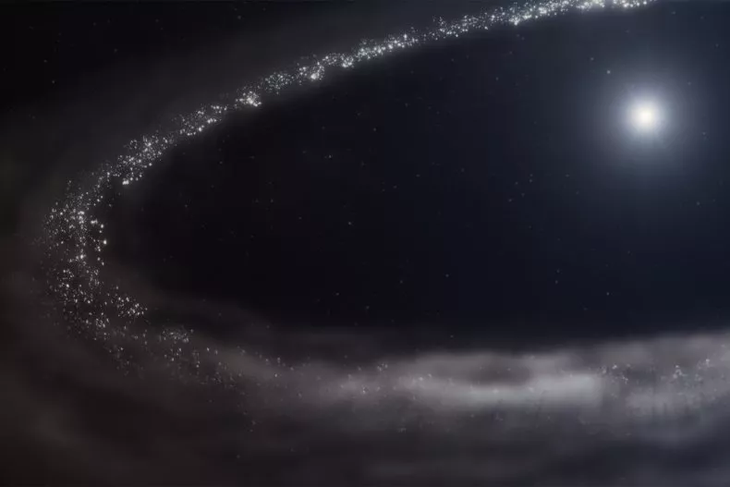
The discovery of water ice in another star system strengthens the hypothesis that water and possibly life are not rare in the universe - Photo: NASA
The crystalline water ice recently discovered by James Webb is located in a dust belt surrounding the star HD 181327. This is a young star, similar in mass and properties to the Sun, about 155 light years from Earth, in the constellation Telescopium.
According to a team from Johns Hopkins University and the Space Telescope Science Institute (STScI, USA), this water ice is attached to fine dust particles, forming tiny "dirty snowballs" that are ideally sized for the Webb telescope to detect. The ice particles are believed to appear more in the region far from the star, where the temperature is lower.
"Webb detected not only water ice, but also crystalline water ice, a characteristic structure that reveals the origin and formation conditions of matter in space," said astronomer Chen Xie.
The discovery is likened to a "time bridge" between a distant young star system and the early Solar System. Scientists say the dust belt around HD 181327 has many similarities to our own Kuiper Belt a few billion years ago, which is filled with icy bodies and plays an important role in the formation of planets.
"When I was a graduate student 25 years ago, my professor said there must be ice in the dusty rings around young stars. But it wasn't until Webb became active that we had the modern tools to confirm it," said astronomer Christine Chen.
In fact, NASA's Spitzer telescope first detected signs of possible ice around HD 181327 in 2008, but it's only now that James Webb has provided much sharper, more definitive evidence.
Data recorded from Webb shows many similarities between the star system HD 181327 and objects in the Solar System's Kuiper belt, a sign that the rules of planet formation may repeat themselves in many places in the universe.
The HD 181327 star system is going through an “active” phase, with many collisions between small bodies in the dust belt. Each collision releases tiny icy particles into space as debris from meteor showers, and that is the source of the ice that Webb discovered.
"We believe that these ice grains could play a role in providing water to rocky (Earth-like) planets that will form after several hundred million years in this star system," said Chen Xie.
The discovery of water ice in another star system strengthens the theory that water and possibly life are not rare in the universe.
The presence of water ice, especially in crystalline form, is strong evidence that the planet-forming process is likely to be repeated elsewhere in the Milky Way. It is also essential for life like that on Earth to form and develop.
The team said it will continue to expand its survey of young star systems, dust belts and other planet-forming regions to search for more traces of ice, water and compounds necessary for life.
Source: https://tuoitre.vn/lan-dau-tien-phat-hien-bang-nuoc-ngoai-he-mat-troi-20250518115925218.htm























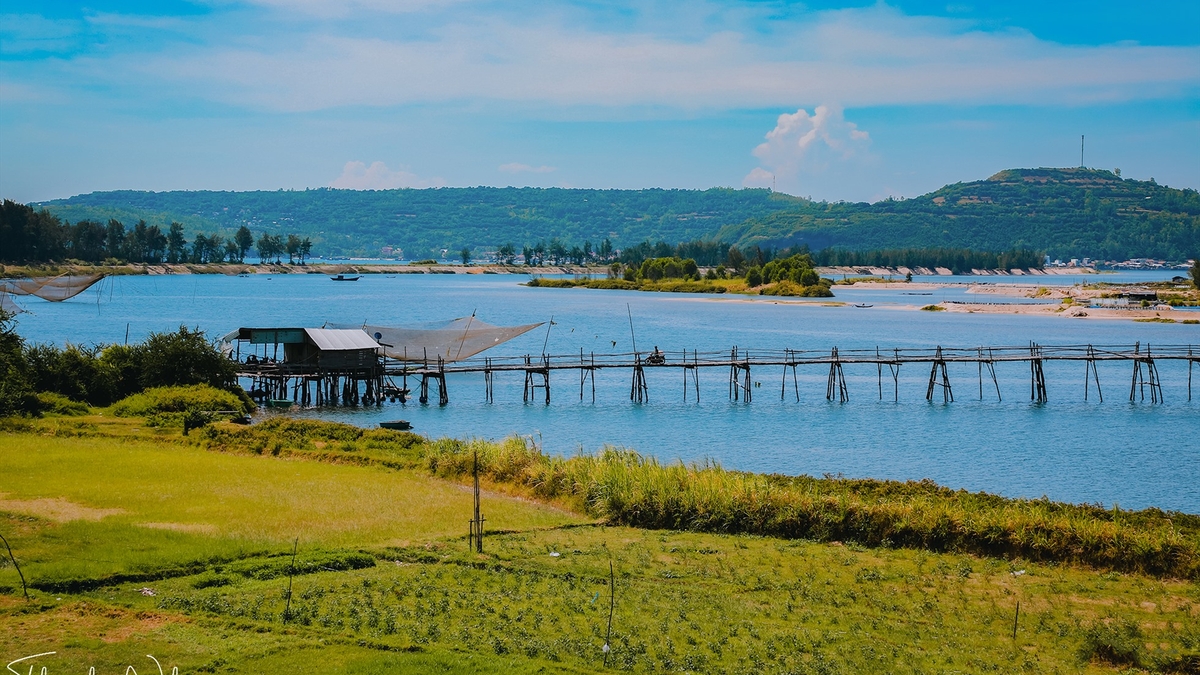
![[Photo] Signing of cooperation between ministries, branches and localities of Vietnam and Senegal](https://vphoto.vietnam.vn/thumb/1200x675/vietnam/resource/IMAGE/2025/7/24/6147c654b0ae4f2793188e982e272651)



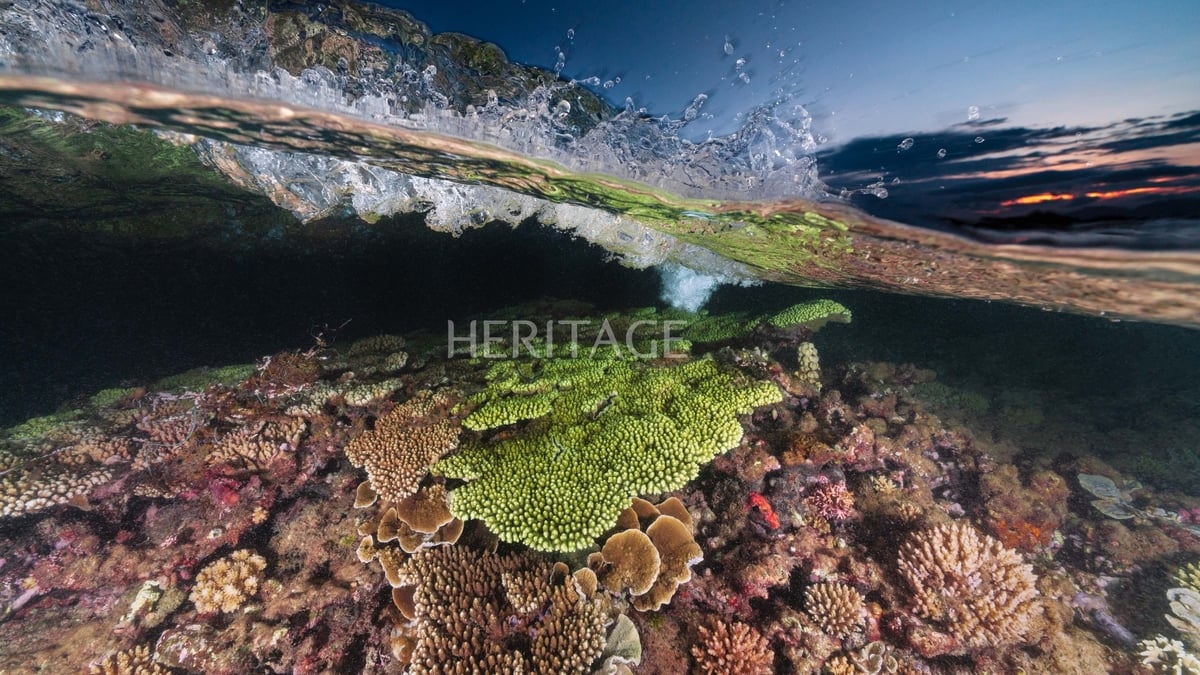

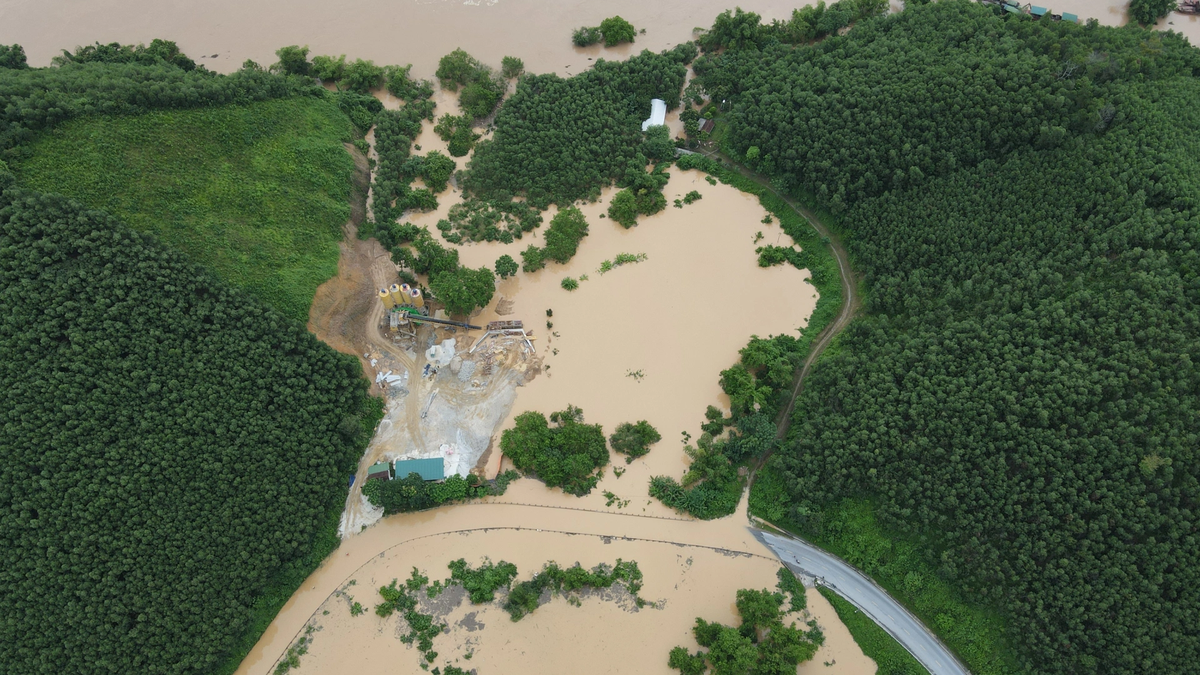
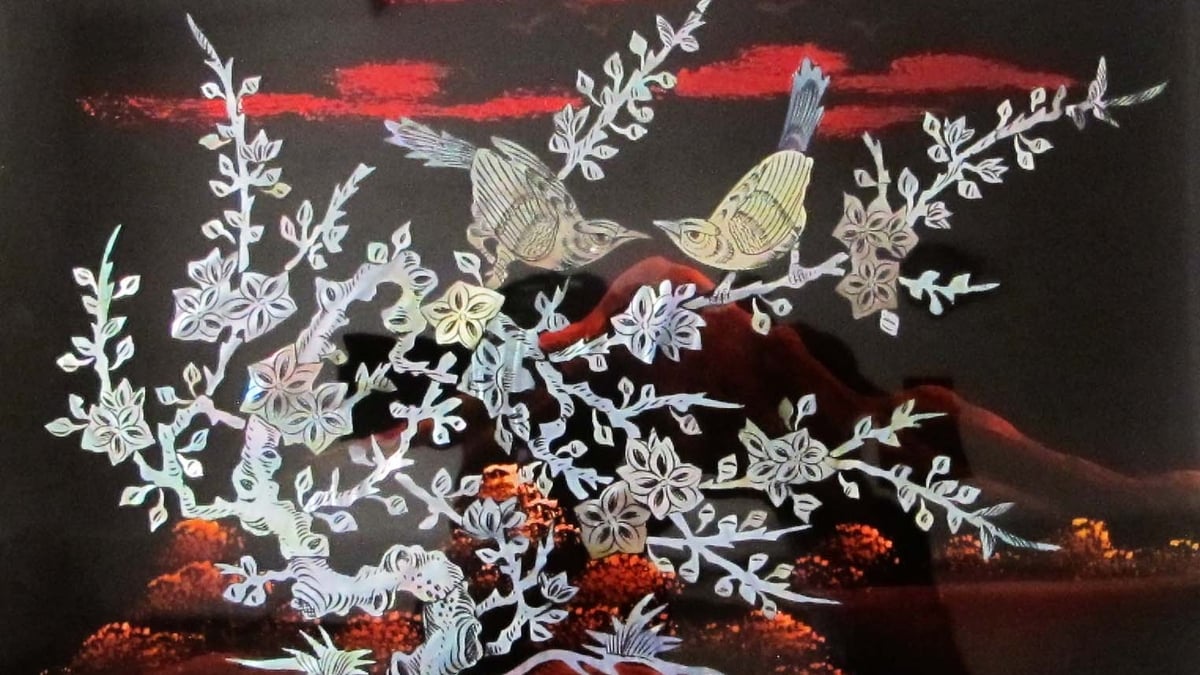
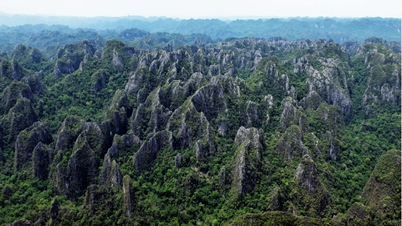



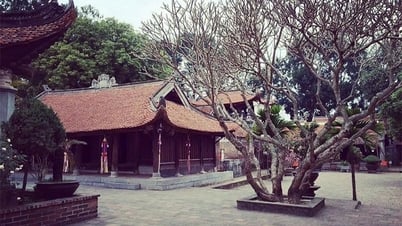
































































Comment (0)